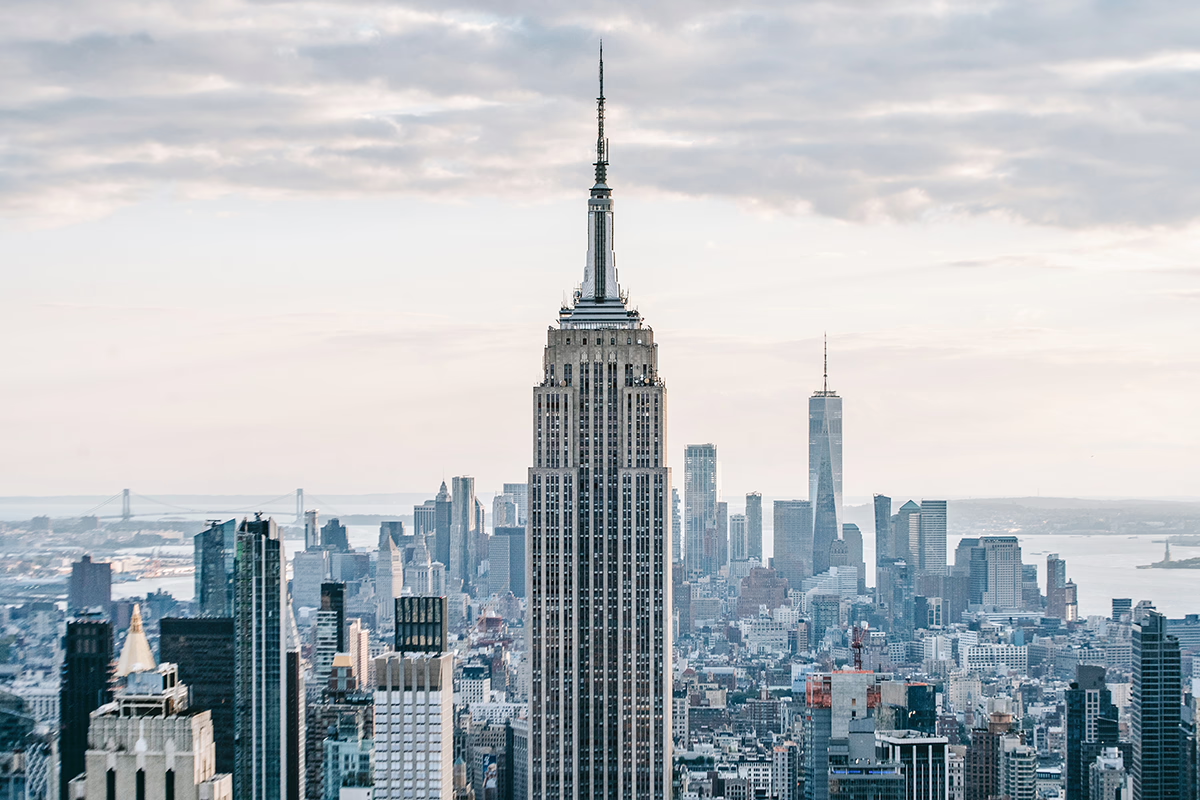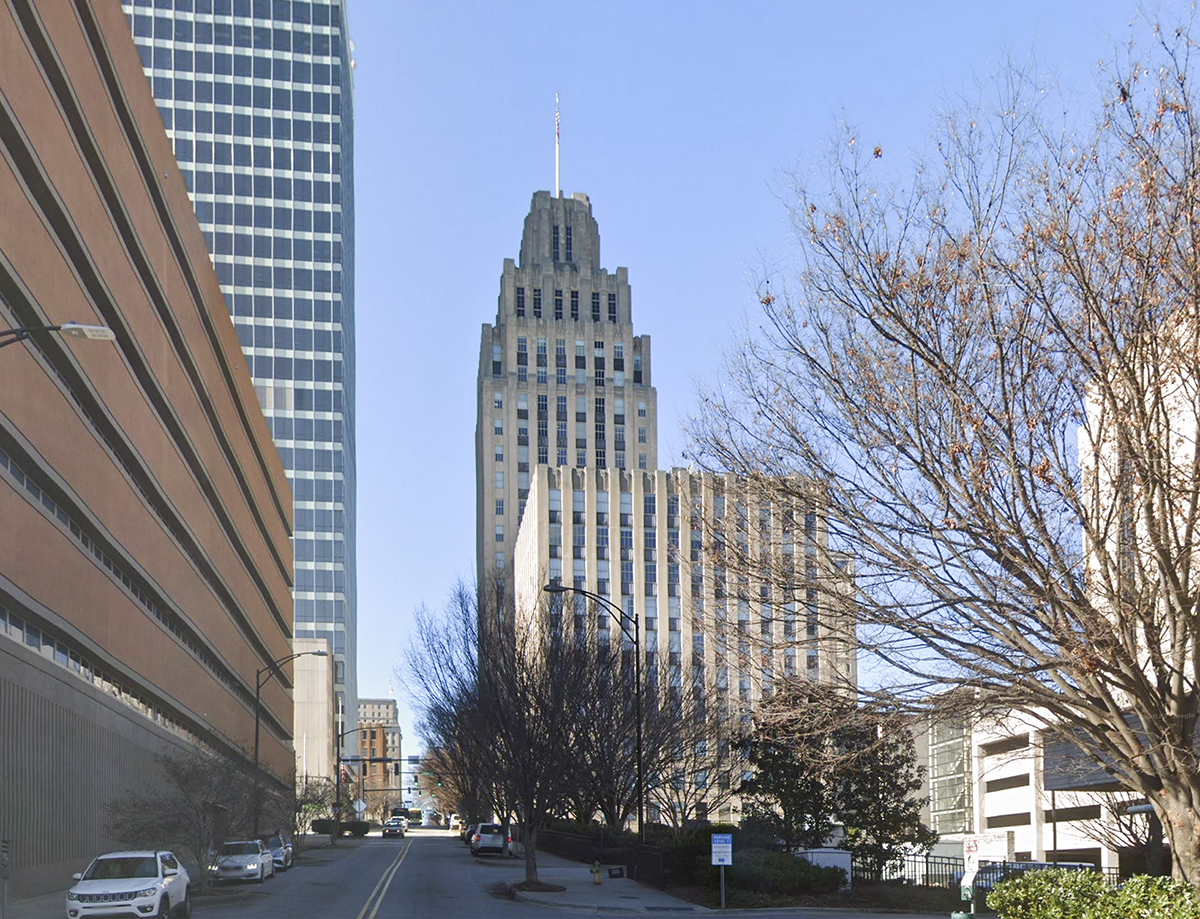Empire State Building vs Reynolds Building


Comparing the Empire State Building and the Reynolds Building is an interesting exercise, because even though they are located in different cities (New York, NY and Winston-Salem, NC), both were designed by Shreve, Lamb & Harmon and finished within within 2 years of each other. This gives us the chance to see how the same architect's ideas were expressed in different urban contexts almost simultaneously.
Height & Size
The Empire State Building is clearly the larger tower of the two, both in terms of height and number of floors. It rises to 1250ft (381m) with 102 floors above ground, while the Reynolds Building reaches 315ft (96m) with 21 floors above ground.
Of course, each project may have faced different briefs or regulatory constraints, which we don't really know about and could also explain the outcome.
Architectural Style
Both the Empire State Building and the Reynolds Building were designed in line with the aesthetic conventions of the Art Deco style.
At the time, this style was at the height of its popularity. So Shreve, Lamb & Harmon followed what was in many ways expected at the time, producing designs that fit comfortably within contemporary architectural norms rather, than breaking with convention.
Uses
The Empire State Building is primarily commercial, while the Reynolds Building is primarily residential.
Originally, the Reynolds Building was designed for commercial, but over time it was converted to residential. The Empire State Building by contrast has maintained its original role.
The Reynolds Building incorporates a -star hotel with 210 rooms.
The Reynolds Building offers 116 residential units.
Structure & Facade
Both the Empire State Building and the Reynolds Building rely on a Frame structural system.
A frame structure uses a grid of columns and beams to carry the building's loads. This frees the walls from structural duties, allowing for flexible floor plans and larger windows.
They also employ the same type of facade, a Masonry facade.
A masonry facade gives the building a heavier, more traditional appearance. It often conceals a frame structure behind it, creating the look of solid walls without carrying the main loads.
| Empire State Building | Reynolds Building | |
|---|---|---|
| Shreve, Lamb & Harmon | Architect | Shreve, Lamb & Harmon |
| 1929 | Design Ended | 1927 |
| 1930 | Construction Started | 1928 |
| 1931 | Year Completed | 1929 |
| Art Deco | Architectural Style | Art Deco |
| Commercial | Current Use | Residential |
| 102 | Floors Above Ground | 21 |
| 2 | Floors Below Ground | 3 |
| 381 m | Height (m) | 96 m |
| 208,879 m² | Usable Area (m²) | 29,171 m² |
| 73 | Number of Elevators | 6 |
| Frame | Structure Type | Frame |
| Steel | Vertical Structure Material | Steel |
| Concrete | Horizontal Structure Material | Concrete |
| No | Facade Structural? | No |
| Limestone | Main Facade Material | Indiana Limeston |
| Starrett Brothers And Eken | Main Contractor | James Baird Company |
| NY | State | NC |
| New York | City | Winston-Salem |
| 350 Fifth Avenue | Address | 51 E. 4th Street |